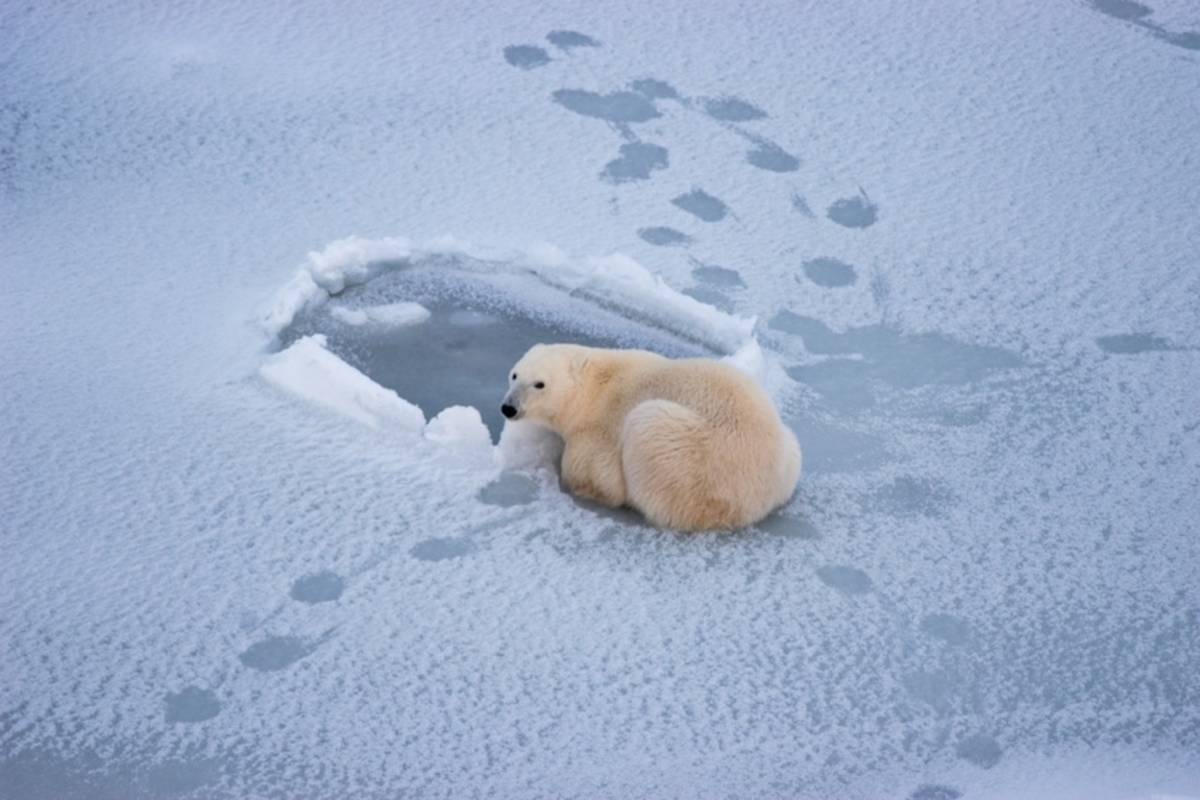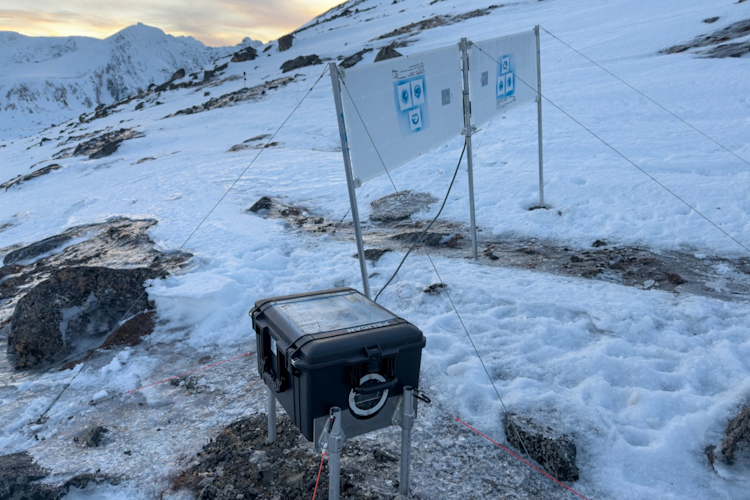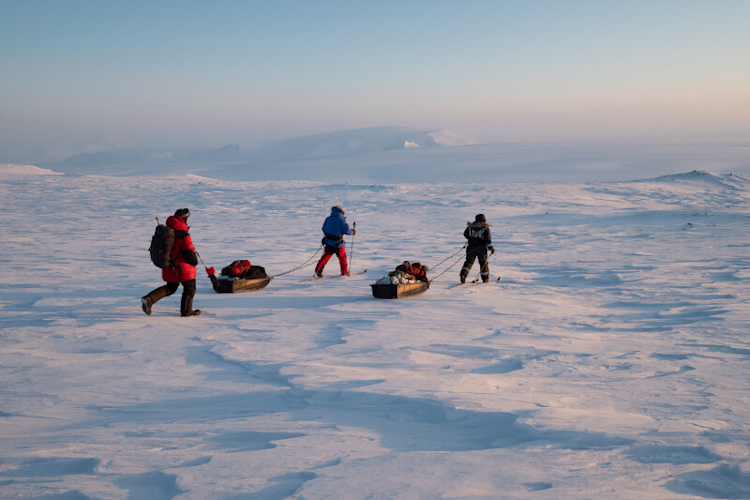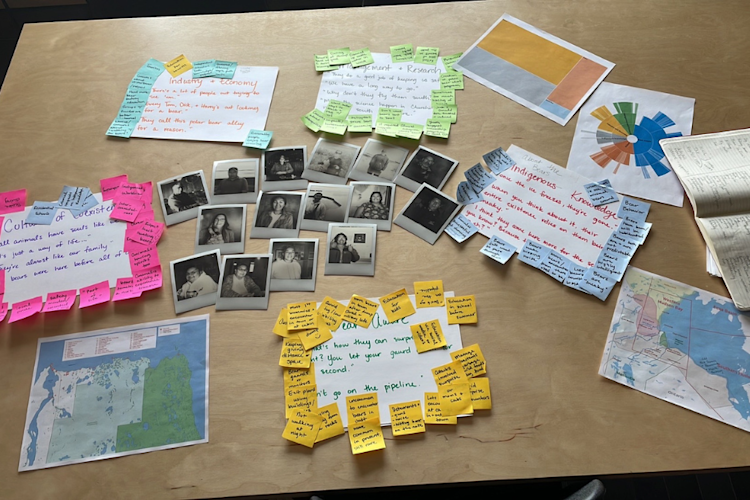With long-term ecological research, we’re invested in understanding patterns that emerge over time scales relevant to the species we study. To understand the polar bear’s ecology, we’re usually interested in years, decades, or the lifespan of a bear. Given that female polar bears can live close to 30 years old and males to their mid-20s, insights into their lives require decades.
Some might ask: why do we need to know? It’s a valid question. As a researcher, I don’t have an unbiased view but there’s history involved—a history that eventually led to the polar bear’s emergence as an accidental icon of climate change.
The story began in the 1950s and '60s, a period when there was growing concern that polar bears could go extinct from unregulated harvest. That was the era of airplane and ship hunting as well as self-killing guns (baited guns with a string to the trigger). In response, the five polar bear nations agreed to regulate hunting, formalizing their pledge by signing the International Agreement on the Conservation of Polar Bears in 1973. One of the mandates stated that “The Contracting Parties shall conduct national research programmes on polar bears, particularly research relating to the conservation and management of the species.” The Agreement compelled the USA, Canada, Denmark (Greenland), Norway, and the former USSR (Russia) to study polar bears and, to greater or lesser degrees, that has happened.
Polar bear research blossomed in the 1970s and has increased dramatically since then. In the early years, much of the focus was on documenting polar bear numbers to track their recovery and to set quotas that would ensure stable populations. But then another new, potentially more serious, issue arose in the 1990s: climate change. In 1993, Dr. Ian Stirling and I published a paper, “Possible impacts of climatic warming on polar bears,” but we both thought the serious impacts were a long way off. In 2004, we published another paper, this time with Dr. Nick Lunn, “Polar bears in a warming climate,” based on a rapidly growing body of evidence that clearly showed that the pace of change in the Arctic was far faster than most had thought possible.
So, what about the “accidental icon” issue? This may be a topic for a social scientist but in a nutshell, we had been monitoring polar bear abundance, reproduction, and survival rates as part of the mandate of the International Agreement. At the same time, in the late 1970s, sea ice scientists began using satellites to monitor sea ice, documenting its decline as the Arctic warmed. It became a simple matter of making the connection between the polar bear’s shrinking sea ice habitat and its impacts on their current and future status.
Habitat loss is the biggest threat to species everywhere. No one planned for polar bears to become an icon for climate change. It’s not the bears’ fault that they’re absolutely stunning animals with an amazing life history. It was the confluence of science and the magnificence of the bears that made it happen.
From the perspective of Arctic ecosystems, the polar cod, a homely little fish with the impressive scientific name of Boreogadus saida, might be more important than polar bears in the big picture. I think, however, that Polar Cod International would not have captivated the public’s attention like polar bears have! Unfortunately, we know relatively little about polar cod compared to polar bears. Nonetheless, without sea ice, there’s no polar cod and definitely no polar bears.
It’s the Arctic ecosystem that is at risk. We may focus on and study a wonderful species perched at the top of a complex food web, but polar bear research is telling us about a lot more than just the bears: it’s providing insights on how heavily we’re treading on the only planet we have.
Dr. Andrew Derocher is a professor of biological sciences at the University of Alberta. He is also a long-time scientific advisor to Polar Bears International.
















